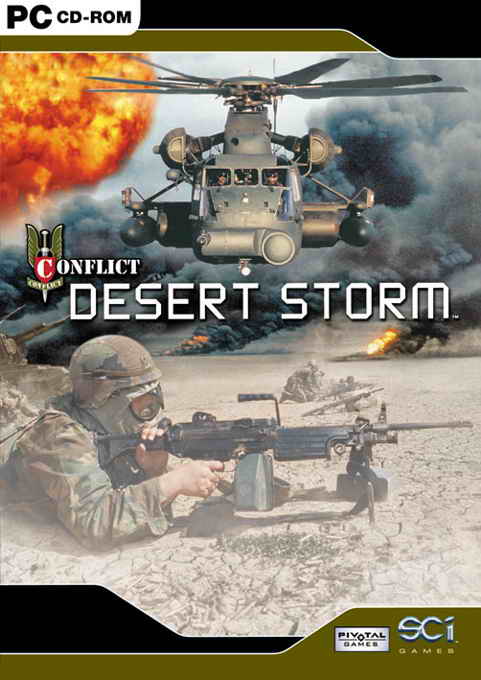
The idea of the mission was to completely destroy the early warning radar in order to open up an air corridor for planes to fly through safely and attack Iraqi targets. Two Air Force MH-53 Pave Low helicopters led AH-64 Apache Attack helicopters into Iraqi territory, Johnson explained. The five-to-six-week air war, designed to clear the way for what ultimately became a 100-hour ground invasion, began with cruise missiles and Air Force and Army helicopters launching a high-risk mission behind enemy lines to knock out Iraqi early warning radar sites. "We saw the first glimpses in Desert Storm of what would become the transformation of air power," he said. Paul Johnson, Director of Requirements for the Deputy Chief of Staff for Strategic Plans and Requirements, told Scout Warrior in a special interview earlier this year.


Operation Desert Storm involved the combat debut of stealth technology, GPS for navigation, missile warning systems, more advanced surveillance plane radar, and large amounts of precision-focused laser-guided bombs, Maj. As laser-guided bombs incinerated Iraqi tanks from the sky, surveillance aircraft monitored enemy troop movements and stealth bombers eluded radar tracking from air defenses in the opening days of Operation Desert Strom decades ago – very few of those involved were likely considering how their attacks signified a new era in modern warfare.Įarlier this year, when veterans, historians, and analysts commemorated the 25th anniversary of the first Gulf War in the early 90s, many regard the military effort as a substantial turning point in the trajectory or evolution of modern warfare.


 0 kommentar(er)
0 kommentar(er)
